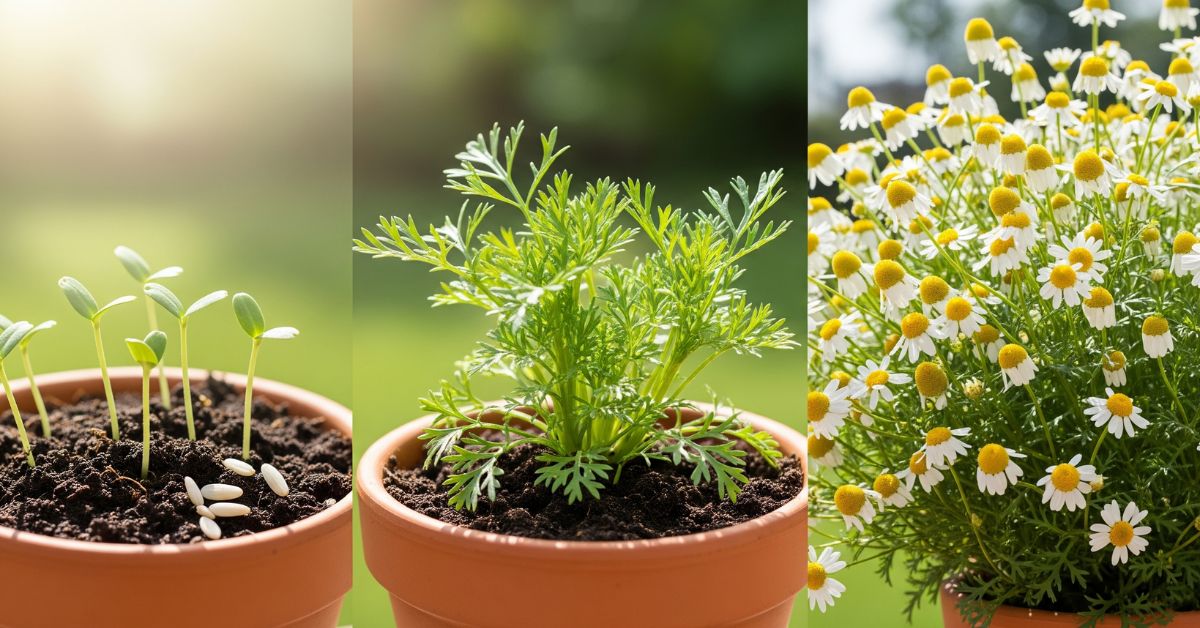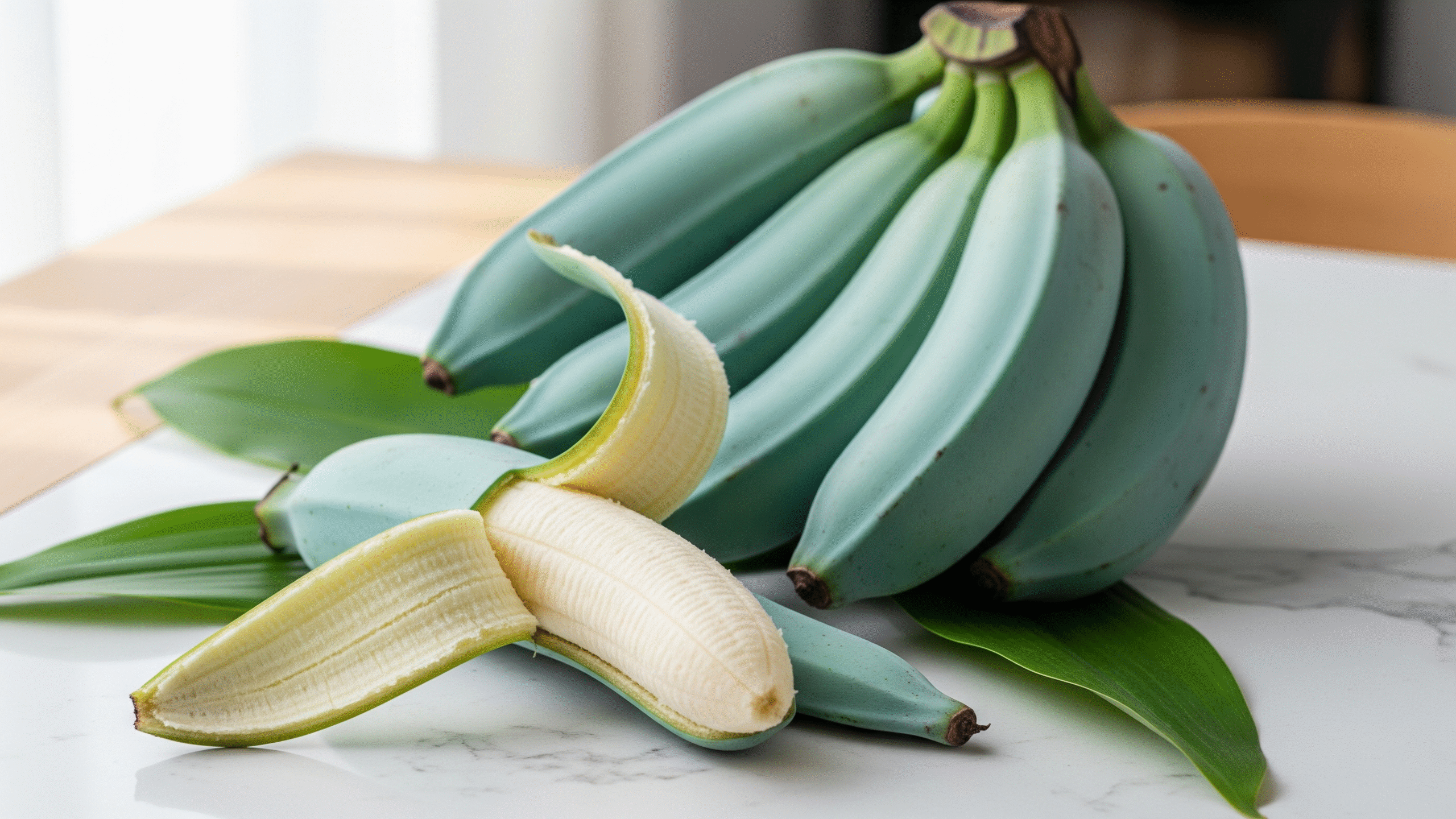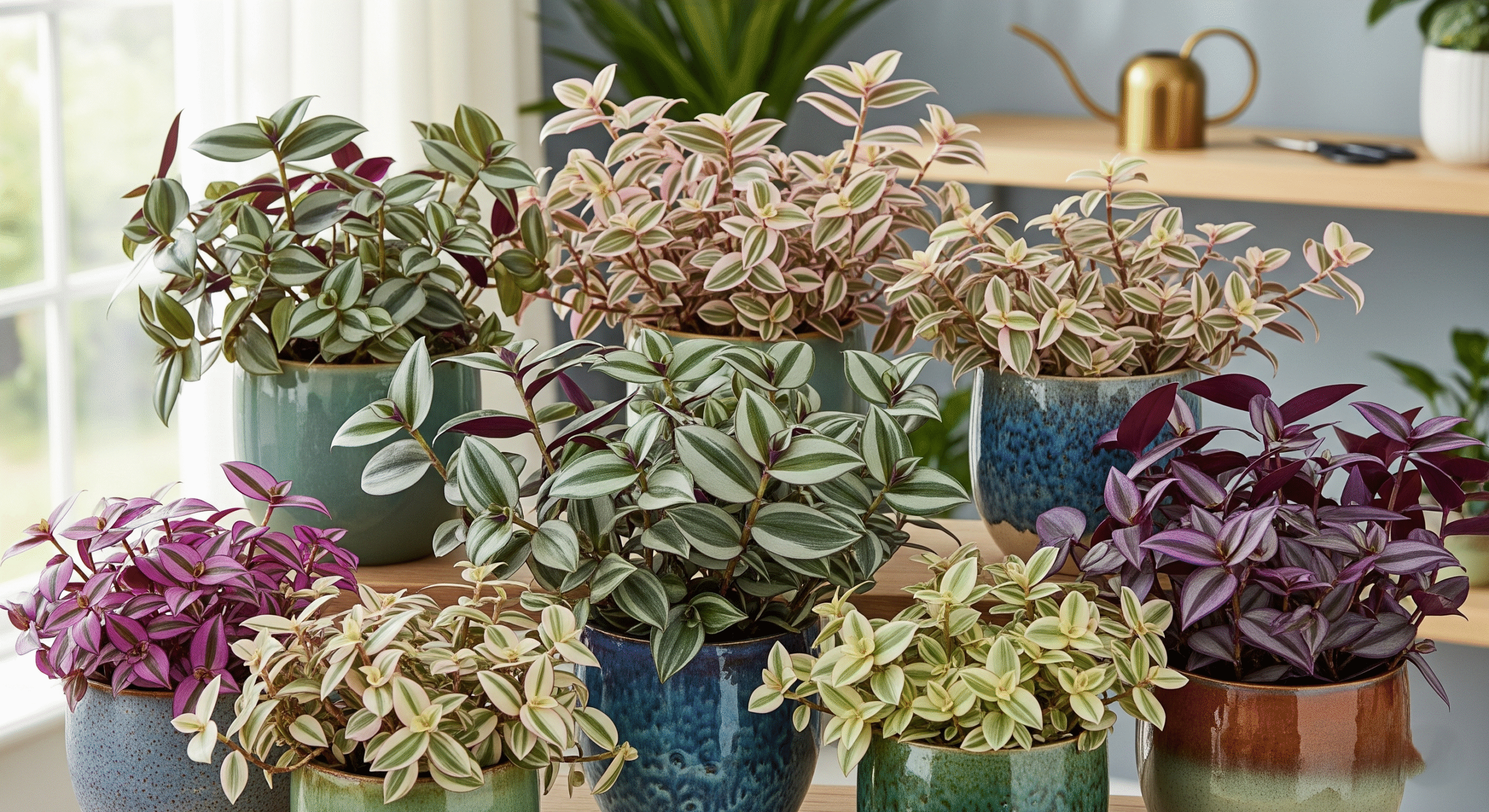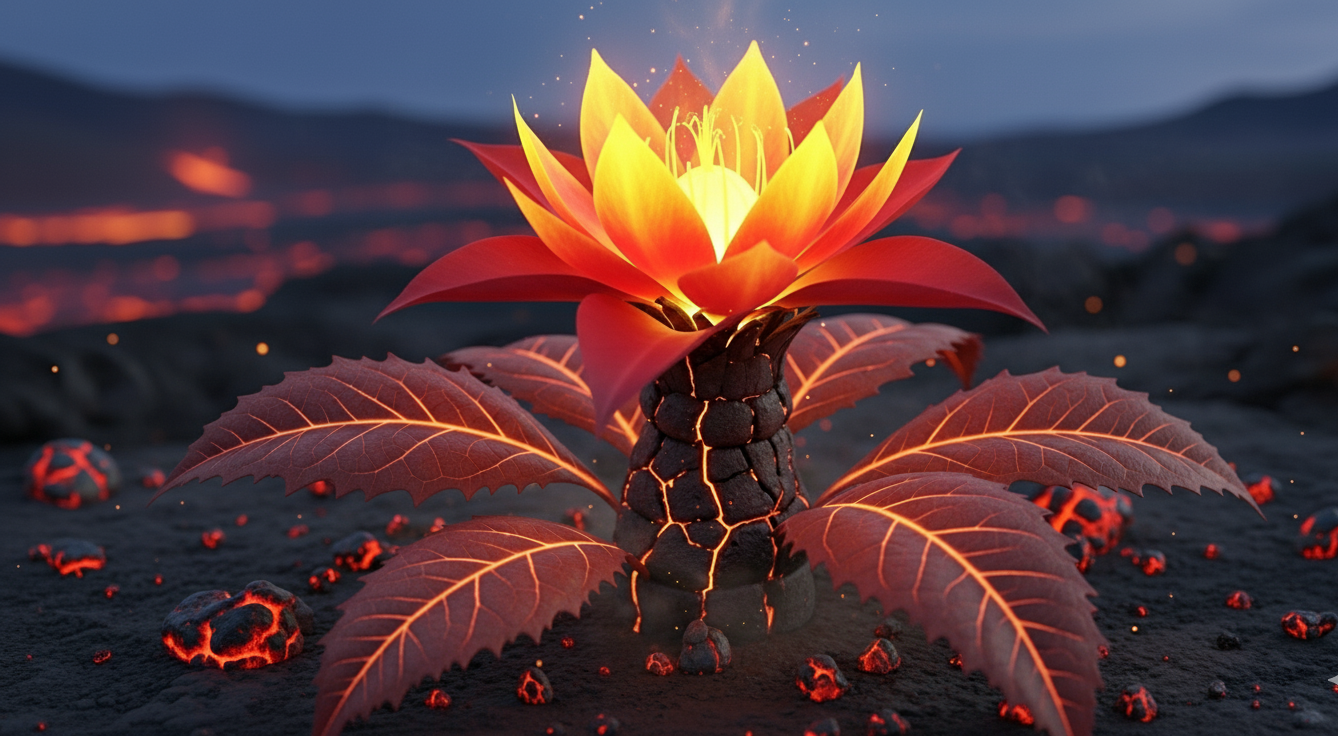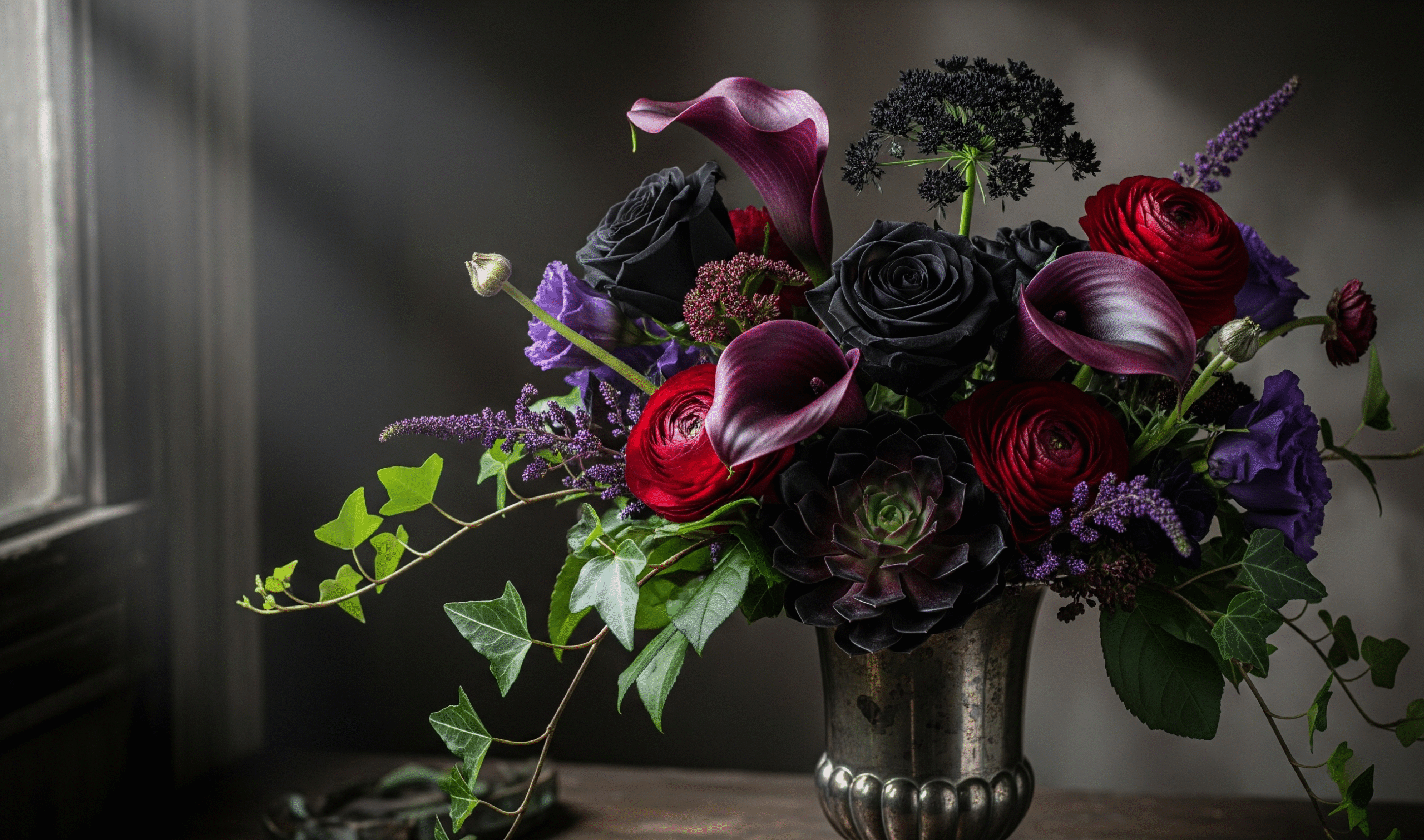There’s something incredibly rewarding about brewing a soothing cup of tea from chamomile flowers that you’ve grown yourself. If you’ve ever found yourself asking, “Can you grow chamomile indoors?” or considered picking up some live chamomile plants, then this guide is just what you need. We’re going to explore the whole process of growing chamomile from seed—a method that’s not only more budget-friendly but also deeply satisfying and gives you a wider range of options.
This comprehensive guide will tackle all your burning questions, from “What do chamomile sprouts look like?” to “How often should I water my chamomile?” Let’s turn those little chamomile seeds into a flourishing, fragrant herb garden!
Why Choose to Grow Chamomile from Seed?
While you can definitely pick up chamomile plants at your local nursery, starting from seed can be a truly rewarding experience. It’s budget-friendly, gives you the reins on your plant’s journey right from the beginning, and lets you select specific varieties, like the abundant German chamomile. Learning the ins and outs of chamomile germination all the way to harvest is an invaluable skill for any gardener.
Getting Started: Timing and Seed Selection
Your journey to success starts with picking the right type of chamomile and planting it at just the right time.
German vs. Roman:
German chamomile (Matricaria recutita) is a one-year wonder, celebrated for its plentiful flowers, making it perfect for tea. On the other hand, Roman chamomile is a hardy perennial that often serves as a lovely ground cover.
When to Start Chamomile Seeds Indoors:
To give your plants a strong start, sow your seeds 6-8 weeks before the last expected frost in spring. This way, your healthy chamomile seedlings will be all set for transplanting outdoors when the conditions are just right.
Direct Sowing:
Alternatively, you can directly sow chamomile seeds 2-3 weeks before the last frost date, as these little seedlings can handle a bit of cold.
How to Plant Chamomile Seeds for Best Germination
Getting started with chamomile seeds is crucial! They need light to sprout, so using the right technique is essential.
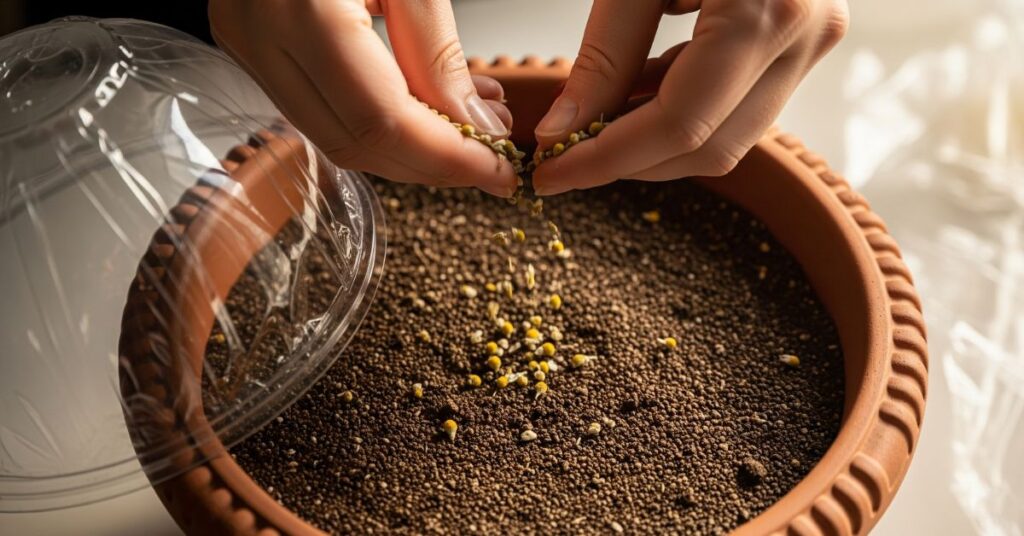
Choose Your Container:
Grab a clean tray or pot that has drainage holes and fill it with a fine, pre-moistened seed-starting mix.
Plant the Seeds:
Carefully sprinkle the tiny seeds on top of the soil. Don’t bury them! Just press them gently into the soil to make sure they have good contact.
Create a Humid Environment:
Lightly mist the surface with water and cover the container with a clear plastic dome or some plastic wrap to keep the moisture in.
Keep It Warm:
Set the container in a warm spot (between 65-75°F or 18-24°C). You don’t need bright light until after the seeds have germinated.
Understanding Chamomile Germination and Seedlings
This is such an exciting time! Let’s dive into your most pressing questions.
- What’s the Chamomile Germination Time? If you create the right conditions, you can expect to see those lovely chamomile sprouts popping up in about 7 to 14 days.
- What Do Chamomile Sprouts Look Like? The first leaves, known as cotyledons, are small and oval-shaped. Before long, the true leaves will start to show up, and they’ll be fine and feathery—just what you’d expect from a chamomile plant.
As soon as germination happens, be sure to take off the plastic cover and give them plenty of light!
Your Chamomile Care Guide: Light, Water, and Soil
Taking care of your chamomile seedlings is pretty simple once you understand what they need.
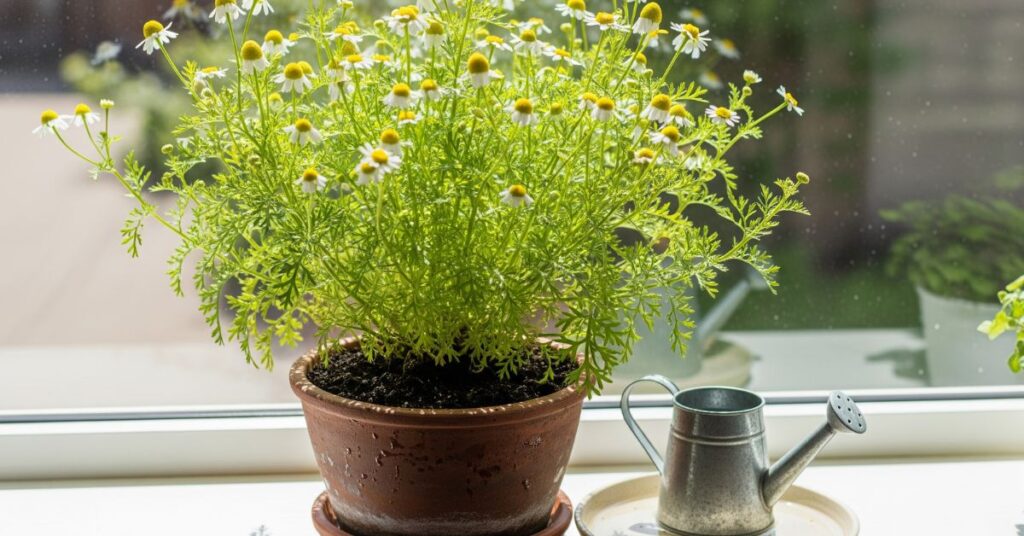
Chamomile Light Requirements
This is the key to ensuring they grow healthy. So, how much sunlight does chamomile actually require? Aim for at least 4-6 hours of direct sunlight each day. If you’re growing them indoors, a south-facing window is your best bet. If you notice your seedlings getting leggy and stretched out, they’re really craving more light—consider investing in a grow light.
How Often to Water Chamomile?
The goal is to keep the soil consistently moist, but not soggy.
- Water from the bottom by placing your pots in a tray filled with water. This method helps avoid disturbing the seeds and seedlings while also reducing the risk of disease.
- Make sure to let the top inch of soil dry out a bit between waterings.
Transplanting Chamomile Seedlings
Once your seedlings have developed 2-3 sets of true leaves and the outdoor temperatures are stable, it’s time to transplant them.
- Harden Off: Gradually acclimate your seedlings to the outdoors over a week or so by slowly increasing their time outside.
- Chamomile Plant Spacing: Give your plants enough space to spread out. Aim to plant them 8-10 inches apart.
- Container Growing: If you’re growing chamomile in containers, pick a pot that’s at least 12 inches wide and deep, ensuring it has good drainage.
Harvesting and Enjoying Your Chamomile
When it’s time to harvest flowers, make sure they’re fully open. You can either pinch or snip the flower heads off just behind the bloom. To dry them, lay them out on a screen or use a dehydrator set to a low temperature.
Pro Tip: How to Harvest Chamomile Seeds
At the end of the season, let a few flowers dry completely while still on the stem. Once they’re dry, place the flower heads in a paper bag and give it a good shake. This will help the tiny, off-white chamomile seeds separate from the chaff, making it easy for you to save them for next season!
Frequently Asked Questions (FAQs)
Q: What is the best chamomile plant zone?
A: If you’re growing German chamomile, you can treat it as an annual in any zone. On the other hand, Roman chamomile is a perennial that thrives in zones 4 through 9.
Q: Can I really grow chamomile indoors year-round?
A: Absolutely! An indoor chamomile plant can do quite well. Just make sure it gets enough light—aim for 4 to 6 hours of direct sunlight or 12 to 14 hours under a strong grow light. And don’t forget to plant it in a pot that drains well!
Q: Why are my chamomile seeds not sprouting?
A: The most likely culprit is that you’ve planted them too deep. Chamomile seeds actually need light to germinate, so just press them gently into the soil surface without covering them up.
Q: Where can I buy chamomile plants or seeds?
A: You can find German chamomile seeds at garden centers, online seed retailers, and even some general stores. Plus, local nurseries often have chamomile starts available in the spring!







